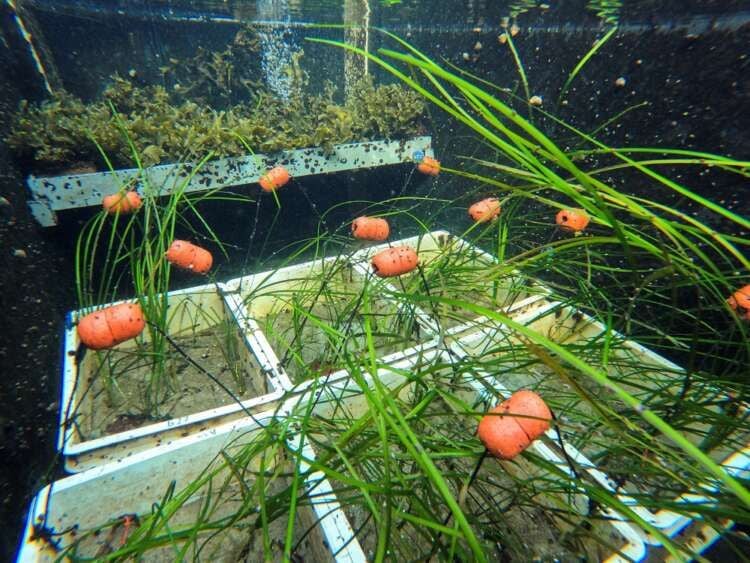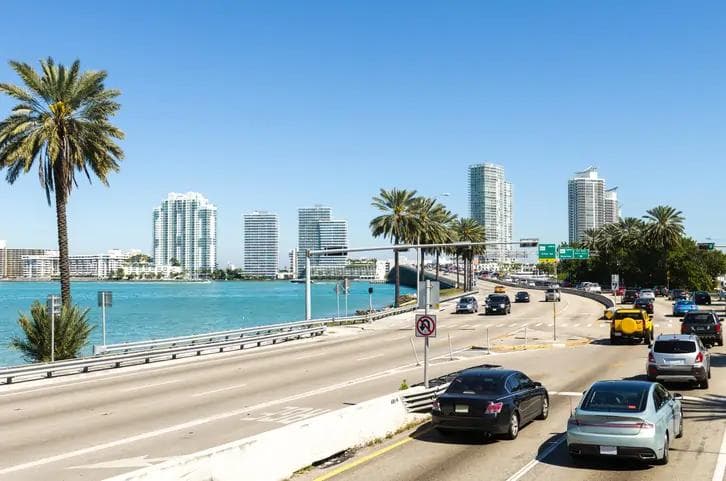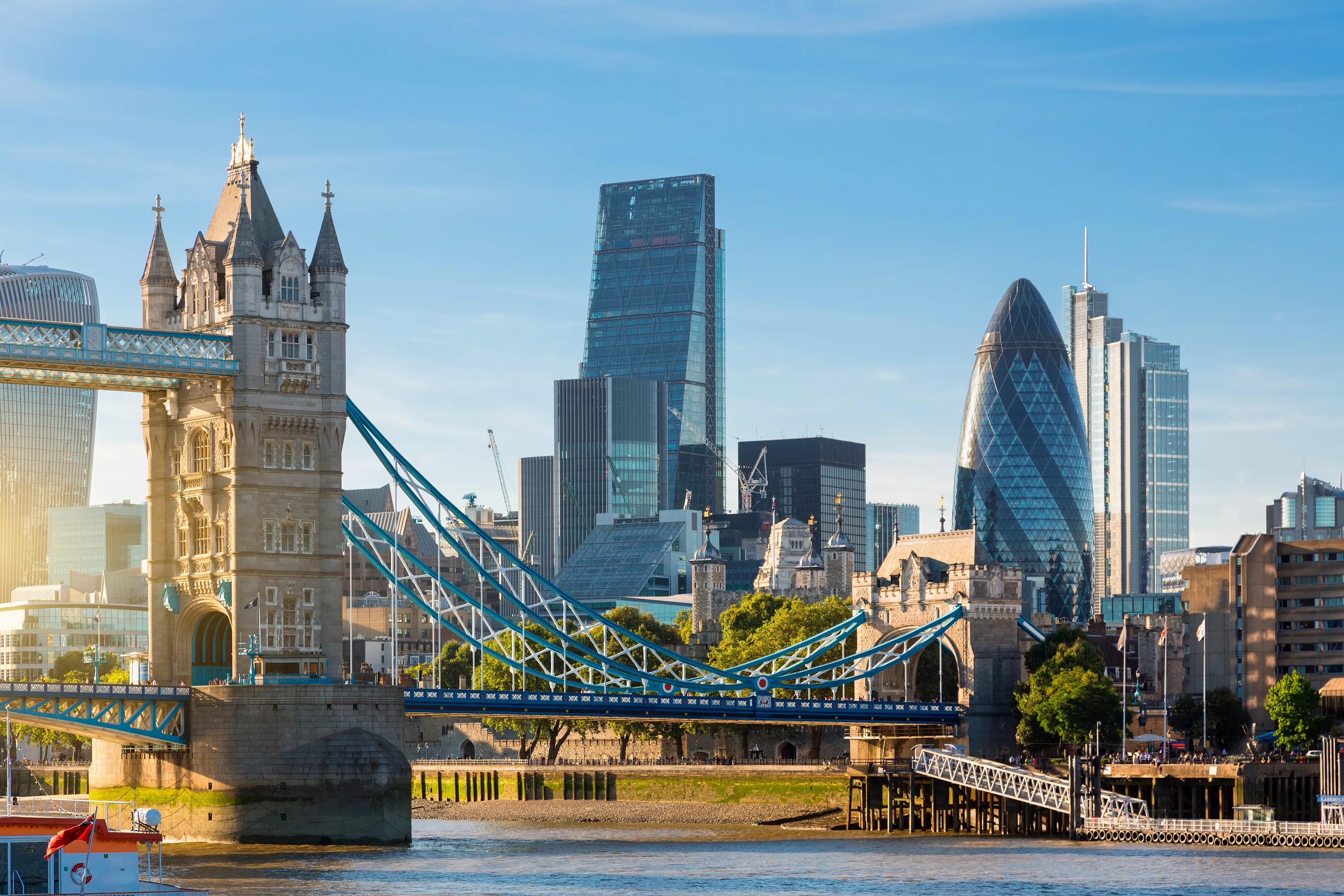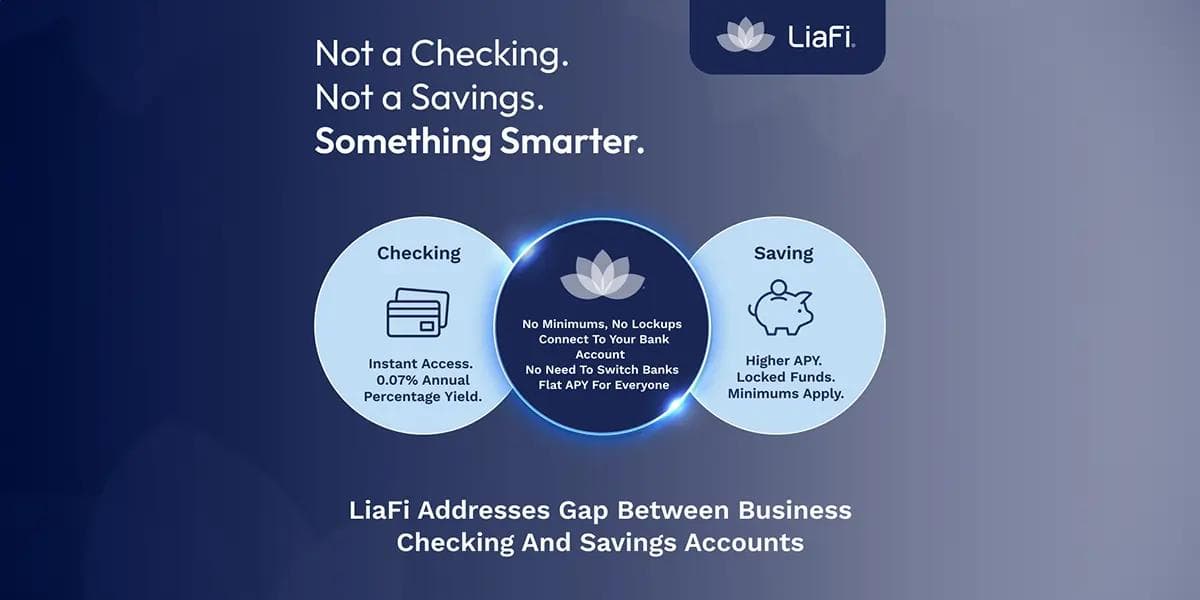Scientists in Germany turn up heat on seagrass in climate change fight
Scientists in Germany turn up heat on seagrass in climate change fight
Published by Jessica Weisman-Pitts
Posted on November 1, 2022

Published by Jessica Weisman-Pitts
Posted on November 1, 2022

BERLIN (Reuters) – Scientists in Germany are working on ways to restore seagrass fields in the Baltic Sea, vast natural sinks that store millions of tonnes of carbon but which are shrinking fast in the face of falling water quality, global warming and disease.
According to the Geomar Helmholtz Centre for Ocean Research in Kiel, the Baltic region contains almost 300 square kilometres of the plant, storing some three to 12 megatons of carbon.
Seagrass stores that carbon “for centuries to millennia”, Angela Stevenson, a postdoctoral researcher at the centre, told Reuters. “A big aspect to think about here is to conserve these systems, to make sure that that CO2 does not get re-emitted and further add to these emissions.”
In Germany’s Kiel fjord, Stevenson and her colleagues have planted a test field using seeds and single-shoot transplants from a natural meadow nearby, exploring which cultivation methods might be the most promising to restore seagrass fields.
The team is also testing how the plants can cope with heat by exposing the plants to heatwaves over generations to try to make them more resilient.
“If the temperatures go up to 26 degrees Celsius and above … for months on end, which we might see in the future with climate change, then that could really pose an issue for the whole system. It may entirely die,” said Stevenson.
Europe alone lost one third of its seagrass areas between the 1860s and 2016, according to one 2019 study.
Seagrass is not a silver bullet for bringing carbon emissions down enough to reach net zero, Stevenson added. Even if Germany were to restore all the areas that have lost seagrass, they would only grab up to 100 tonnes of carbon dioxide annually – a very small percentage of the German target.
Germany has pledged to reduce its greenhouse gas emissions by more than 50% by 2030 compared with the levels in 1990. The government also aims to turn the country carbon neutral by 2045.
(Reporting by Swantje Stein and Martin Schlicht; Writing by Miranda Murray; Editing by Jan Harvey)
Explore more articles in the Top Stories category











